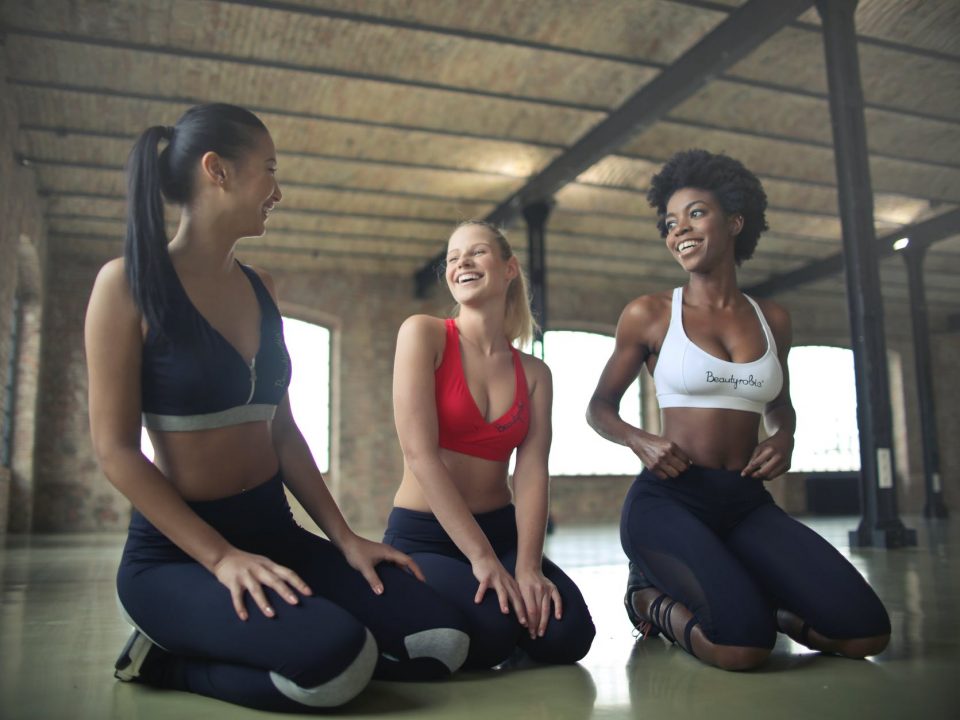
Is your lack of commitment holding you back?
May 19, 2020
A New Year Awakening: My 3 tips for the year ahead
January 3, 2023Do you ever stretch and feel like your whole life has fallen into place?
Everyone talks about wanting to be more flexible and the benefits of stretching. But flexibility alone does not necessarily equal a healthy body and just stretching often isn’t enough, especially if you are naturally bendy.
After years of stretching excessively I am now spending far too much of my time in rehabilitation putting right everything that has gone wrong. Hypermobility and too much lax around the joints, ligaments and tendons means that you can stretch beyond your bodies range and not even know.
I always teach my participants to find the right balance between stretch and strength and understand the difference between flexibility, mobility and stability. It can be too easy to just hang out in your joints without recruiting the right muscles and having the strength to facilitate the stretch.
So what is the difference?
- Mobility is the ability of your joints to move freely through a range of movement without restriction.
- Flexibility is the ability of the muscle and soft tissues to lengthen to allow the joint to move.
- Stability is the ability of the surrounding muscle, ligaments and tendons to support the joint through movement.
Injury and joint dysfunctions are often as a result of limitation(s) to one or more of the above factors creating imbalance and often forcing the body to compensate elsewhere.
Muscles and joints work in opposition and pairs to facilitate movement. As one shortens and contracts, one lengthens. These partnerships work to stabilise the body maintaining balance. If the muscles in the upper back are weak and lengthened due to excessive rounding of the shoulders, this often results in the muscles in the front of the body becoming more active and the chest muscles becoming short and tight. This tightness is the bodies cleaver response to help protect the shoulders as the chest muscles work hard to compensate. It may not be enough to simply stretch the muscles in the chest. We must also strengthen the muscles in the back.
Whilst our muscles can feel tight and we all think we should stretch more, we should stretch what is tight and strengthen what is weak to bring the body into balance.
Pilates teaches us to work on finding these imbalances by putting the body through a range of movement whilst recruiting key muscles to help stabilise and facilitate the movement.
To find out more about how pilates can help you contact me on hello@balancedbymariella.com



